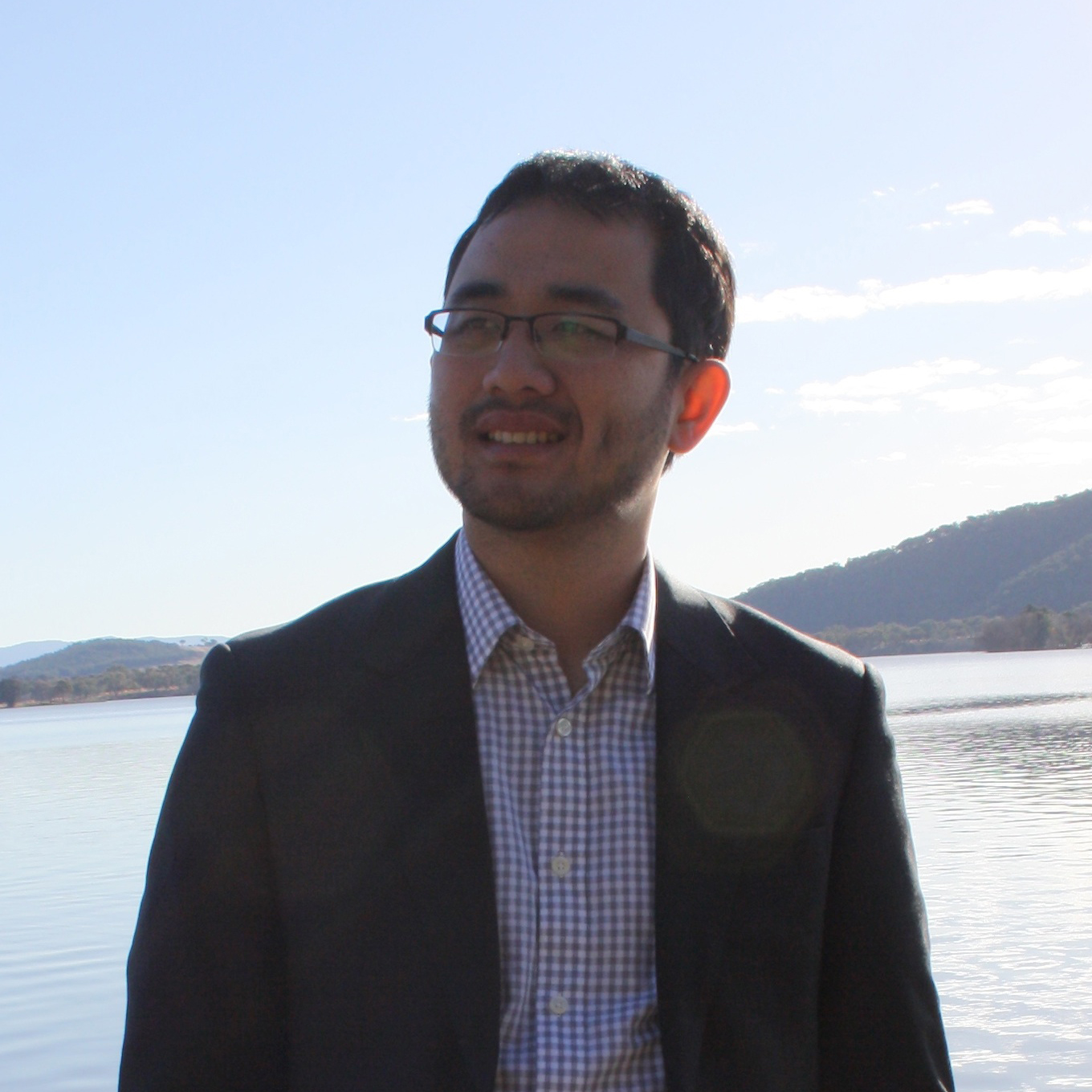
Tirta Susilo
Postdoctoral Research Associate
Dept of Psychological and Brain Sciences
Dartmouth College
Moore Hall 6207
Hanover, NH
 Bagus.T.Susilo [at] dartmouth.edu
Bagus.T.Susilo [at] dartmouth.edu
 +1 (603) 646 9630
+1 (603) 646 9630
download CV 
Employment
Lecturer, Victoria University of Wellington, New Zealand, 2015–
Adjunct Assistant Professor, Dartmouth College, USA, 2014
Education & Training
Postdoctoral Research Associate, Dartmouth College, USA, 2011–2015
PhD, Psychology, Australian National University, Australia, 2011
BSc(Hons), Psychology, University of Queensland, Australia, 2005
BEng, Industrial Engineering, Parahyangan Catholic University, Indonesia, 2003
Publications
Romanska, A., Rezlescu, C., Susilo, T., Duchaine, B. & Banissy, M. J. (in press). High frequency transcranial random noise stimulation enhances perception of facial identity. Cerebral Cortex.
Yang, H., Susilo, T., & Duchaine, B. (in press). The anterior temporal face area contains invariant representations of identity that can persist despite the loss of right FFA and OFA. Cerebral Cortex.
Susilo, T., Yang. H., Potter, Z., Robbins, R., & Duchaine, B. (2015). Normal body perception despite the loss of right fusiform gyrus. Journal of Cognitive Neuroscience, 27(3), 614-622. pdf
Rezlescu, C.* & Susilo, T.* (2014). What can the Thatcher illusion tell us about face processing in the brain? Commentary on Psalta, Young, Thompson, and Andrews (2014). Frontiers in Human Neuroscience, 8, 289. (* = joint first authors) pdf
Rezlescu, C.*, Susilo, T.*, Barton, J. J. S., & Duchaine, B. (2014). Normal social evaluations of faces in acquired prosopagnosia. Cortex, 50, 200-203. (* = joint first authors) pdf
Susilo, T., Rezlescu, C., & Duchaine, B. (2013). The composite effect for inverted faces is reliable at large sample sizes and requires the basic face configuration. Journal of Vision, 13(13), 14. pdf
Susilo, T. & Duchaine, B. (2013). Dissociations between faces and words: comment on Behrmann & Plaut. Trends in Cognitive Sciences, 17(11), 545. pdf Plaut & Behrmann response pdf
Susilo, T., Yovel, G., Barton, J. J. S., & Duchaine, B. (2013). Face perception is category-specific: Evidence from normal body perception in acquired prosopagnosia. Cognition, 129, 88-94. pdf
Susilo, T., Germine, L., & Duchaine, B. (2013). Face recognition ability matures late: Evidence from individual differences in young adults. Journal of Experimental Psychology: Human Perception and Performance, 39(5), 1212-1217. pdf data
Susilo, T. & Duchaine, B. (2013). Advances in developmental prosopagnosia research. Current Opinion in Neurobiology, 23(3), 423-429. pdf
Dennett, H., McKone, E., Edwards, M., & Susilo. T. (2012). Face aftereffects predict individual differences in face recognition ability. Psychological Science, 23(11), 1279-1287. pdf
Susilo, T., McKone, E., Dennett, H., Darke, H., Palermo, R., Hall, A., et al. (2011). Face recognition impairments despite normal holistic processing and face space coding: Evidence from a case of developmental prosopagnosia. Cognitive Neuropsychology, 27(8), 636-664. pdf
Susilo, T., McKone, E., & Edwards, M. (2010). Solving the upside-down puzzle: Why do upright and inverted face aftereffects look alike? Journal of Vision, 10(13), 1. pdf
Susilo, T., McKone, E., & Edwards, M. (2010). What shape are the neural response functions underlying opponent coding in face space? A psychophysical investigation. Vision Research, 50, 300-314. pdf
Susilo, T., Crookes, K., McKone, E., & Turner, H. (2009). The composite task reveals stronger holistic processing in children than adults for child faces. PLoS ONE, 4(7), e6460. pdf data
Leigh, A.* & Susilo, T.* (2009). Is voting skin-deep? Estimating the effect of candidate ballot photographs on election outcomes. Journal of Economic Psychology, 30, 61-70. (* = joint first authors) pdf data